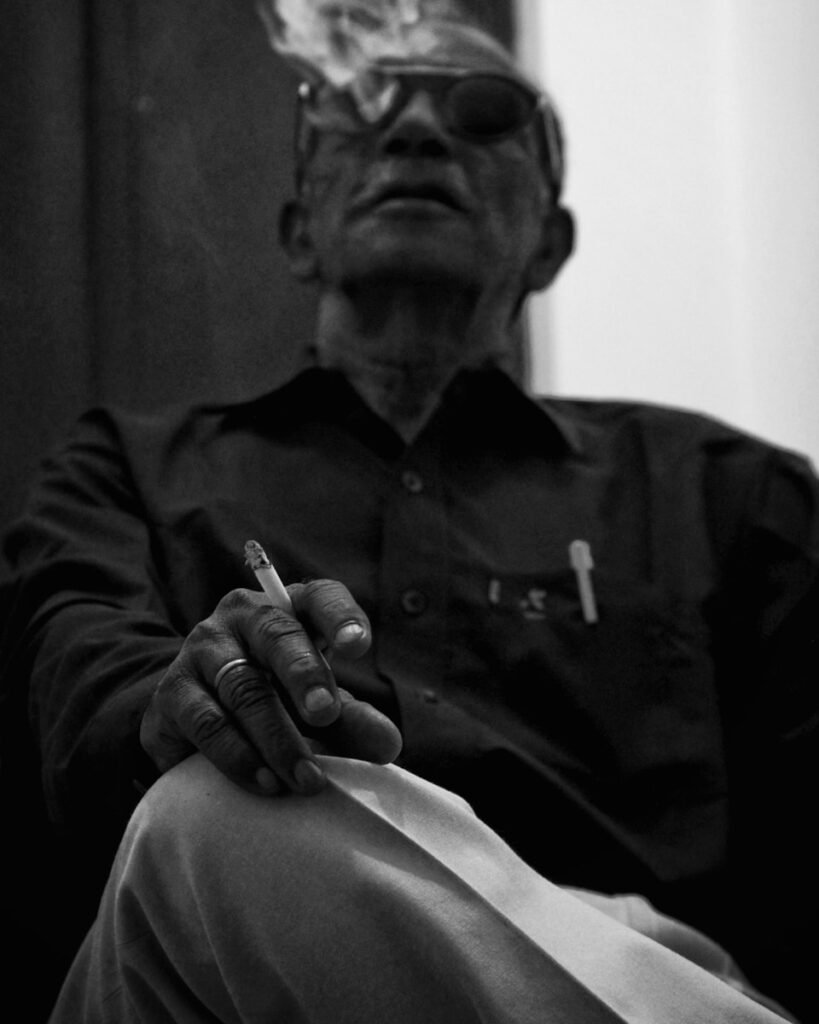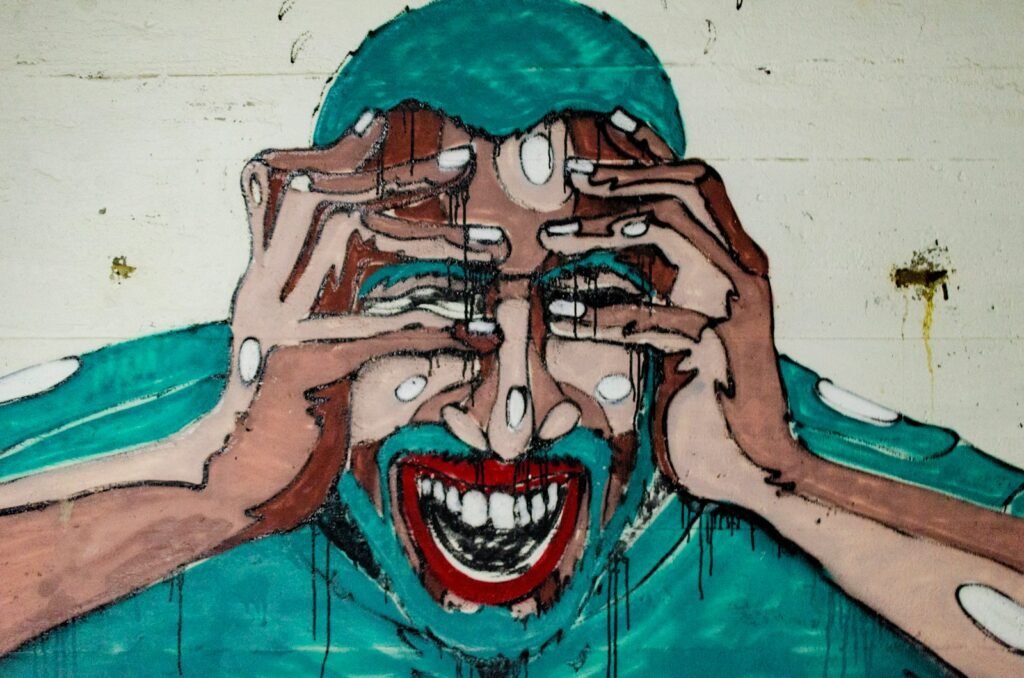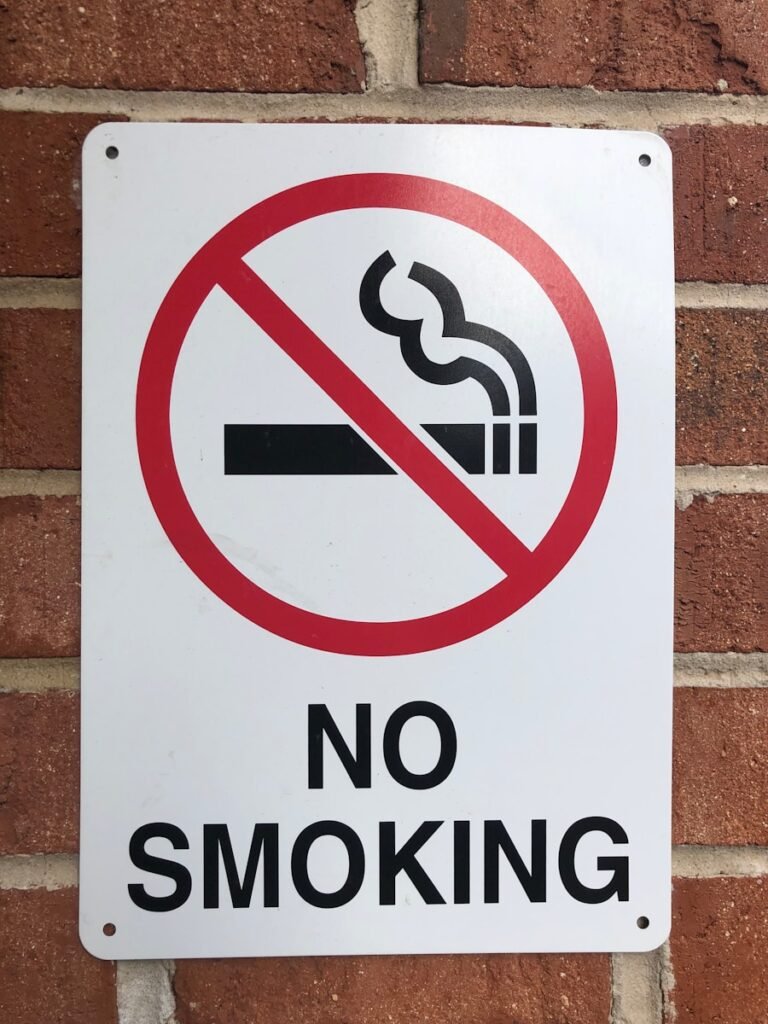Tobacco use is a grave public health issue that has affected millions worldwide for generations.
However, its impact on specific communities can be particularly devastating, none more so than within the African American population.
This blog delves deeply into how tobacco has become a silent killer in African American communities, exploring its historical context, social dynamics, and the pressing need for targeted preventive measures.
The Historical Context of Tobacco in African American Communities
Early Introduction and Cultural Integration
Tobacco was introduced to African Americans during the era of slavery when it was a significant crop in the Southern United States.
Enslaved Africans were often forced to work in tobacco fields, thus establishing a grim connection to the substance that would later persist into free African American communities.
Over the decades, tobacco use became culturally ingrained in various forms, such as cigarettes, cigars, and smokeless tobacco, deeply embedding itself into the social and economic fabric.
The Role of the Tobacco Industry
The tobacco industry played a considerable role in targeting African American populations.
Through aggressive marketing tactics and sponsorship of events in African American neighborhoods, companies like Philip Morris and R.J. Reynolds made their products appealing and accessible.

Advertisements featuring African American icons were commonplace, promoting tobacco as both glamorous and socially acceptable.
The Prevalence of Tobacco Use
Statistical Overview
According to the Centers for Disease Control and Prevention (CDC), African Americans are more likely to be current cigarette smokers than Hispanic or Asian Americans, though less so than Whites.
Despite lower smoking rates, African Americans tend to start smoking later in life and are less successful at quitting, partly due to targeted marketing and increased stress levels associated with socioeconomic factors.
Disproportionate Impact
The ramifications of tobacco use hit African American communities disproportionately.
African Americans are more likely to develop and die from tobacco-related diseases such as heart disease, stroke, and cancer.
This atrocity is exacerbated by limited access to healthcare, contributing to delayed diagnoses and poorer health outcomes.
Consequences of Tobacco Use
Cardiovascular Diseases
One of the most severe consequences of tobacco use is its impact on cardiovascular health.
African Americans who smoke are at a significantly higher risk of dying from heart disease and stroke compared to their non-smoking counterparts.
Respiratory Diseases
The implications for respiratory health are equally grim. Chronic obstructive pulmonary disease (COPD) and lung cancer rates are notably higher among African American smokers.
The association between menthol cigarettes, which are disproportionately used by African Americans, and higher addiction rates contributes to these alarming statistics.
Cancer
African Americans have the highest incidence and mortality rates for lung cancer among all ethnic groups.
Smoking is also associated with cancers of the mouth, throat, esophagus, and bladder.
The combination of genetic susceptibility and lifestyle factors makes this issue even more urgent.
Socioeconomic Factors and Tobacco Use
Poverty and Stress
Economic hardship significantly influences tobacco use rates.
The stress associated with financial instability often leads individuals to seek coping mechanisms, such as smoking.

African American communities, historically marginalized and economically disenfranchised, experience these stresses more acutely.
Education and Awareness
Lower levels of education correlate with higher smoking rates.
Misinformation and lack of awareness about the dangers of smoking contribute significantly to its prevalence.
Educational initiatives tailored to African American communities are crucial to reversing this trend.
Limited Access to Healthcare
African Americans often reside in areas with fewer healthcare resources, including smoking cessation programs.
Limited access to preventative care and smoking cessation resources exacerbates the already high toll of tobacco use in these communities.
Industry Targeting and Marketing Tactics
Historical Marketing Strategies
The tobacco industry has a long history of targeting African American consumers through tailored marketing strategies.
From using cultural symbols to sponsoring community events, they successfully normalized smoking within the community.
The Role of Menthol Cigarettes
Menthol cigarettes are particularly harmful as they are easier to inhale deeply, increasing nicotine addiction and the risk of severe health consequences.
African Americans prefer menthol cigarettes at significantly higher rates than other groups, a preference not coincidentally fueled by targeted marketing efforts.
The Modern Day Landscape
Despite increasing regulations on tobacco advertising, the approach to subliminally target African American communities persists.
Newer platforms, like social media and influencers, are effectively utilized to keep the tobacco cycle unbroken.
Community Initiatives and Advocacy
Grassroots Movements
Grassroots organizations have been pivotal in the fight against tobacco.
These community-driven efforts focus on educating African American communities about the risks associated with tobacco use and providing support for quitting.
Government and Policy Measures
Policy plays a crucial role in curbing tobacco use. Initiatives like the FDA’s attempts to ban flavored tobacco products, including menthol, address some of the core factors maintaining high smoking rates in African American communities.
Success Stories
Numerous African American communities have seen success through dedicated efforts to reduce smoking rates.
Programs that combine governmental support, community activism, and accessible healthcare resources have proven effective.
Preventive Measures and Solutions
Education
Educational campaigns tailored specifically for African American populations can make a significant difference.
By leveraging trusted community leaders and culturally relevant messaging, the gap in awareness can start to close.
Access to Cessation Resources
Increasing access to smoking cessation programs and healthcare in African American neighborhoods is critical.
Providing free or low-cost cessation aids, such as nicotine patches and counseling, can encourage more individuals to quit.

Policy Change
Advocating for stronger policies, like comprehensive bans on tobacco advertising in African American communities and higher taxes on tobacco products, can serve as effective deterrents.
The Role of Technology and Modern Campaigns
Digital Campaigns
Reaching younger African American audiences through digital campaigns can disrupt the cycle of tobacco addiction early on.
Social media, apps, and online support groups provide scalable and personalized aids to those looking to quit.
VR and AI for Cessation Support
Innovations like Virtual Reality (VR) and Artificial Intelligence (AI) offer novel ways to approach smoking cessation.
VR can simulate environments where smokers can practice resistance, while AI can provide personalized coaching and support.
Emotional and Mental Health Dimensions
Coping Mechanisms
Smoking is often a coping mechanism for dealing with stress and mental health issues.
Addressing the root causes of stress in African American communities, such as systemic racism and economic hardship, is essential for effective prevention.
Counseling and Support Groups
Access to mental health services and support groups tailored for African American smokers can provide the emotional support necessary to quit and stay smoke-free.
These services can offer a multifaceted approach, tackling both the psychological and physical aspects of addiction.
Conclusion
The toll of tobacco on African American health is a compelling public health issue that demands immediate action.
By understanding the unique historical, social, and economic factors at play, we can devise targeted strategies to combat this silent killer.
From grassroots advocacy and educational campaigns to policy changes and leveraging modern technology, we can work towards a future where tobacco no longer disproportionately affects African American communities.
The journey to overcoming tobacco addiction in African American communities is a marathon, not a sprint.
However, with sustained effort, comprehensive strategies, and collective action, this silent killer’s grip can be loosened, paving the way for healthier, smoke-free futures.

Comments